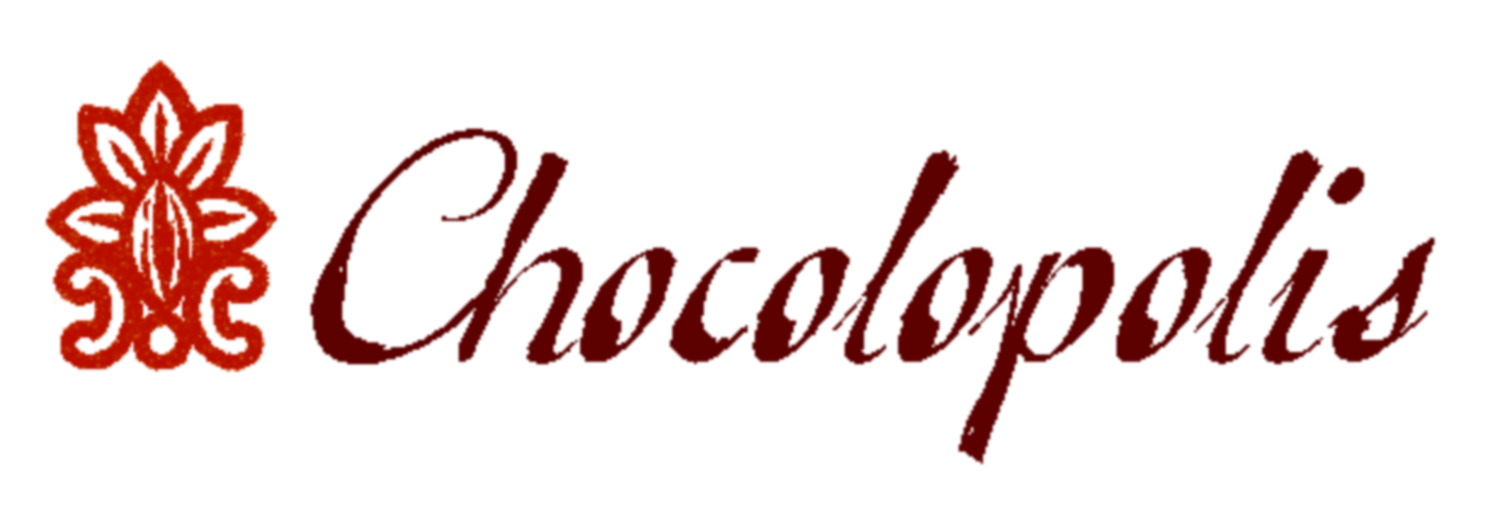Isolating Variables: Fresco's Approach to Making Chocolate
Editor's Note: Below is the letter we sent in MARCH to members of our Chocolate of the Month World Tour Club (CMWT). We post the letter a month after our club selection ships, so if you purchase the CMWT, you will not receive the same bars that are featured here.March 2018 Chocolate of the Month World TourThis month I thought it would be interesting to compare three chocolates that are made by the same chocolate maker using the same cacao beans with one difference – roasting style. We’ll be comparing three of Fresco Chocolate’s chocolate bars made with cacao from Polochic Valley, Guatemala, each with a different roasting style.Fresco Chocolate is located in Lynden, WA about 1.5 hours north of Seattle near the Canadian border. Fresco’s close proximity to our store means we see a lot of chocolate maker Rob Anderson and his wife, Amy. They’ve been making chocolate from the bean since 2010 in their garage, which they converted into a commercial kitchen. They’re working on opening their own retail store and chocolate factory in Lynden, WA, so next time you’re driving from Seattle to Vancouver check to see if they're open for a visit.Rob likes to take a scientific approach to making chocolate. An engineer by training, Rob makes many test batches before landing on the recipe he wants to use for a particular cacao origin. If he finds more than one treatment he likes, he will make multiple bars of chocolate from the same beans using the different treatments.What do I mean by treatment? If we assume that a chocolate maker knows how to evaluate and purchase cacao beans that are well fermented and have excellent flavor notes (which is an assumption that does not always hold true), then the tools that remain in the chocolate maker’s toolbox are roasting, refining and conching. These are the tools a chocolate maker uses to make the chocolate his or her “own”, building flavor and creating smooth texture to yield a tasty bar of chocolate that is worthy of your time and attention.This month we’ve chosen three of Fresco Chocolate’s bars made with the cacao from the Polochic Valley in Guatemala. All three are made using the same recipe – a 70% chocolate made with cocoa beans, cane sugar and cocoa butter. The only variable Rob changes in making these bars is the roasting style, which he lists on the front of each bar. Some of Fresco’s bars alter both the roasting and the conching style, so this is a unique case where Rob only changed the roasting treatment. It offers an interesting case of holding all variables constant except for one.While you are welcome to taste these in any order, I recommend starting with the “Light Roast”, which offers more acidity and less intense roasted notes, and progressing up to the “Dark Roast”, which still offers some acidity but also has some burnt toast notes. My personal opinion is that the Medium Roast offers the most balance.Fresco Polochic Valley, Guatemala 70% - Light Roast, Long ConcheFresco Polochic Valley, Guatemala 70% - Medium Roast, Long ConcheFresco Polochic Valley, Guatemala 70% - Dark Roast, Long ConcheEnd your tasting with a sweet treat by David Briggs, Chocolatier and owner of Xocolatl de David. Known for combining savory ingredients with chocolate (one of my favorite bars is his Parmigiana Reggiano 72% Dark Chocolate Bar), David has created a sweet, but not too sweet, pecan bourbon caramel that speaks to many palates. The Raleigh Bar is a customer favorite that I hope you’ll enjoy!Happy chocolate tasting,Lauren AdlerChief Chocophile

